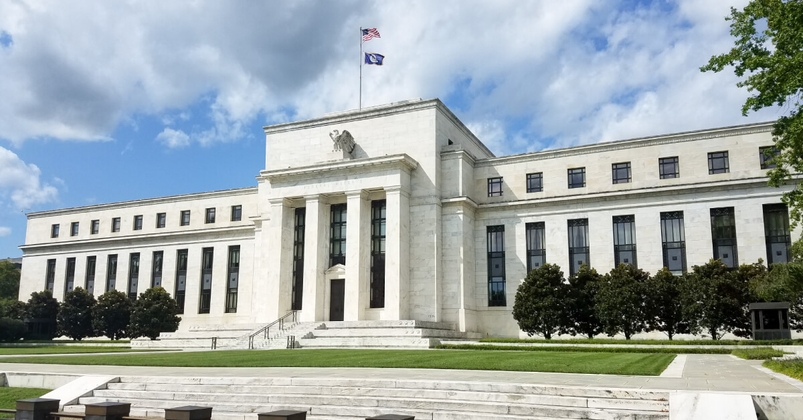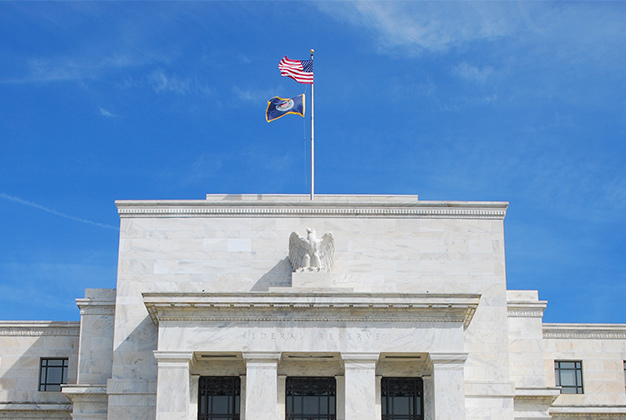Broadcom Q4 2025 Earnings Breakdown: AI Chip Momentum, Guidance Beat and Key Trading Levels
Broadcom (AVGO) has been a market darling in 2025 and a preferred expression of the AI thematic. Its strong relationship with Google, dominant position in the distribution of custom ASIC chips, solid pipeline of orders, and attractive revenue and earnings profile have all provided powerful tailwinds to the share price. However, after such an impressive run, expectations for earnings were sky high. The aftermarket reaction reflects a company that is, in many ways, a victim of its own success. Still, given the strength of the results, any pullbacks should be shallow, and the broader bull case remains intact.












